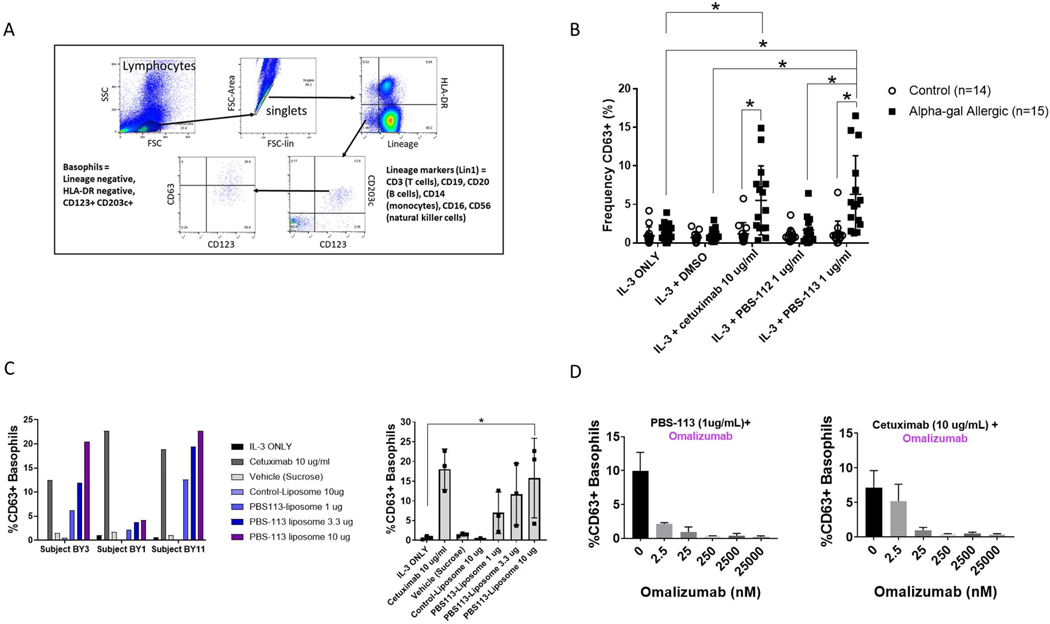Figure 1. Glycolipid-Mediated Basophil Activation in Alpha-Gal Allergy.
(A) Flow cytometry gating strategy used to identify activated Lineage−HLA-DR−CD123+CD203c+CD63+ basophils. (B) Frequency of CD63+ activated donor basophils increases when PBMCs are sensitized with alpha-gal allergic plasma and stimulated with alpha-gal-containing glycolipid PBS-113. Glycolipids were not loaded onto CD1d, but added directly to media. Controls = open circles, n=14; Alpha-gal allergic = black squares, n=15. *p<0.05 by Mann-Whitney Test. (C) Frequency of CD63+ activated donor basophils increases when PBMCs are sensitized with alpha-gal allergic plasma and stimulated with increasing doses of alpha-gal-containing liposome (PBS113-Liposome). Individual subject responses are shown on the left and pooled results using plasma from 3 alpha-gal allergic subjects are shown on the right. *p<0.05 by 1-way ANOVA followed by Dunnett’s multiple comparison’s test. (D) Basophil activation mediated by alpha-gal-containing glycolipid (PBS-113) and glycoprotein (cetuximab) is impaired in the presence of omalizumab, a monoclonal antibody against IgE. Pooled results from 2 alpha-gal allergic subjects.

